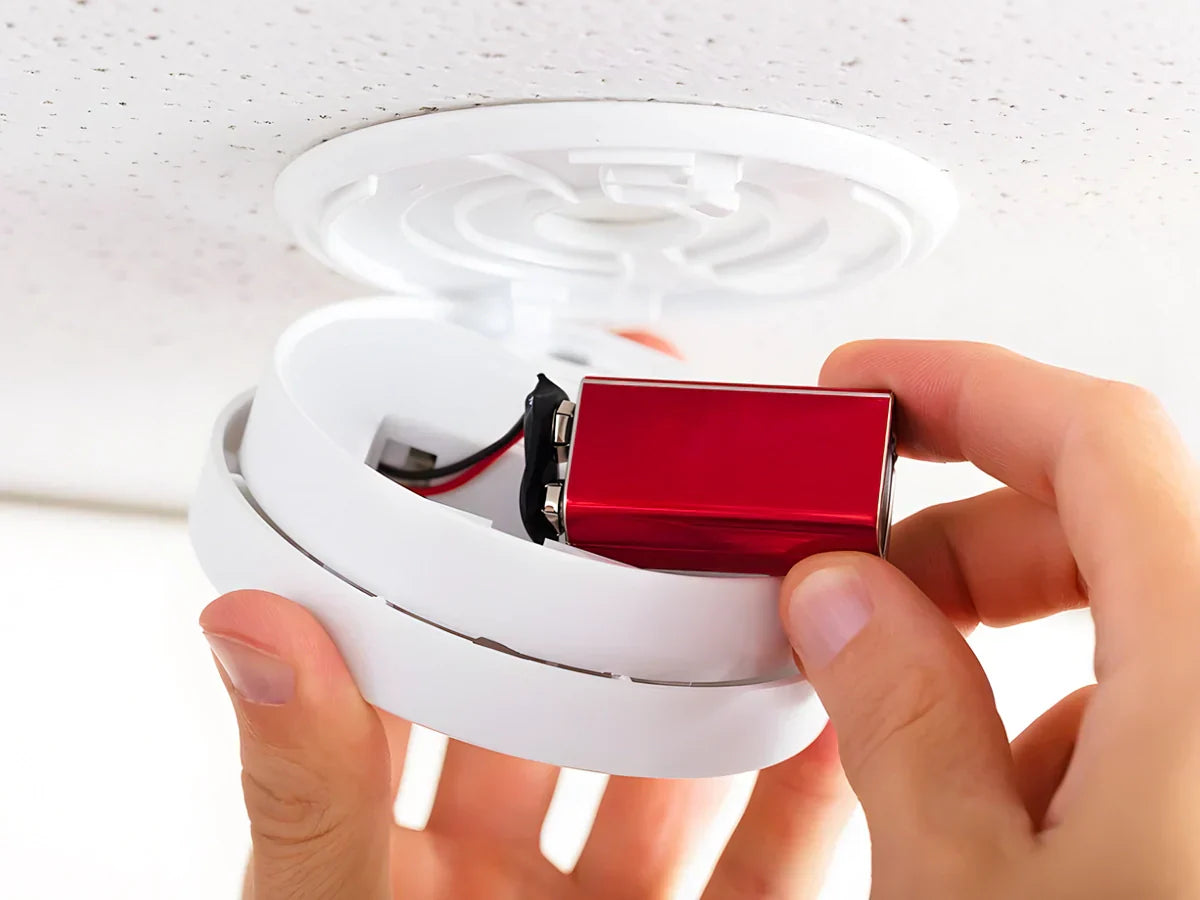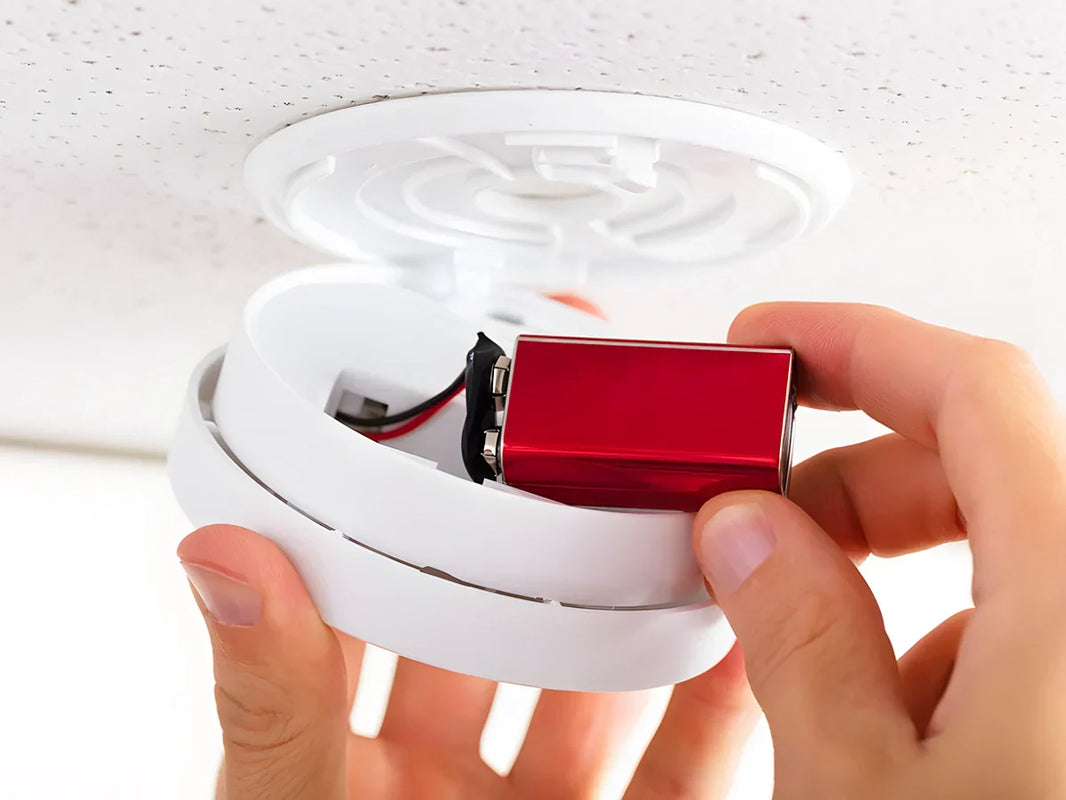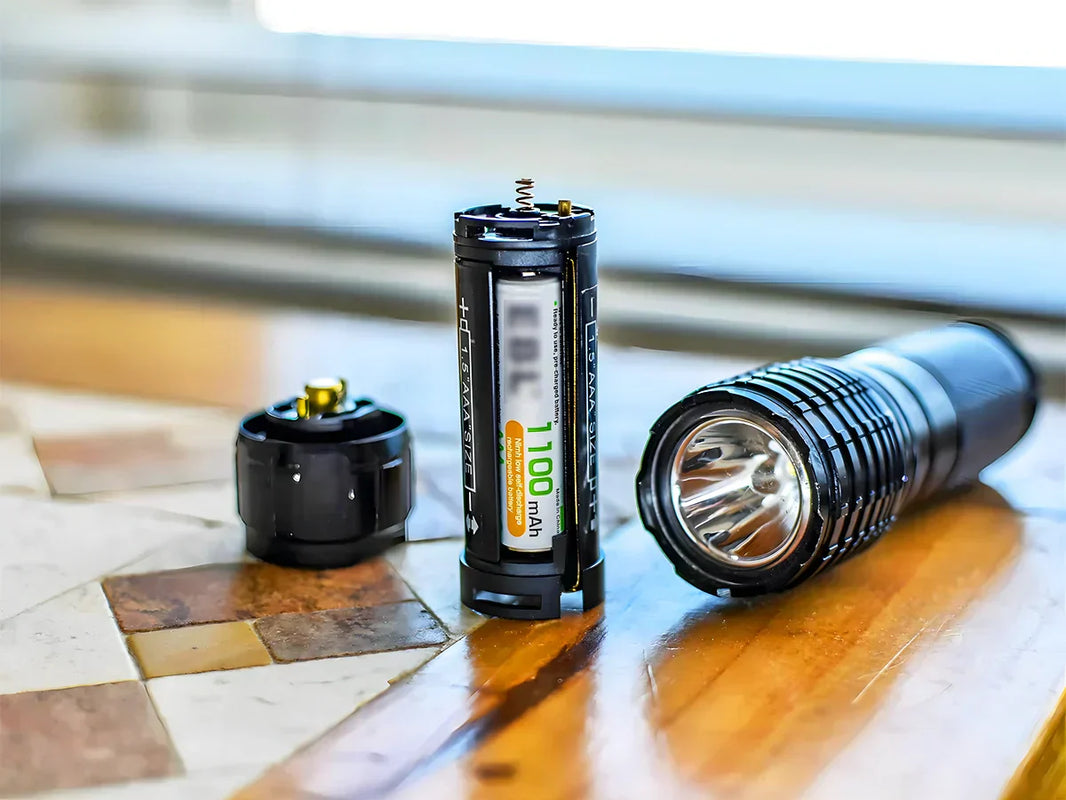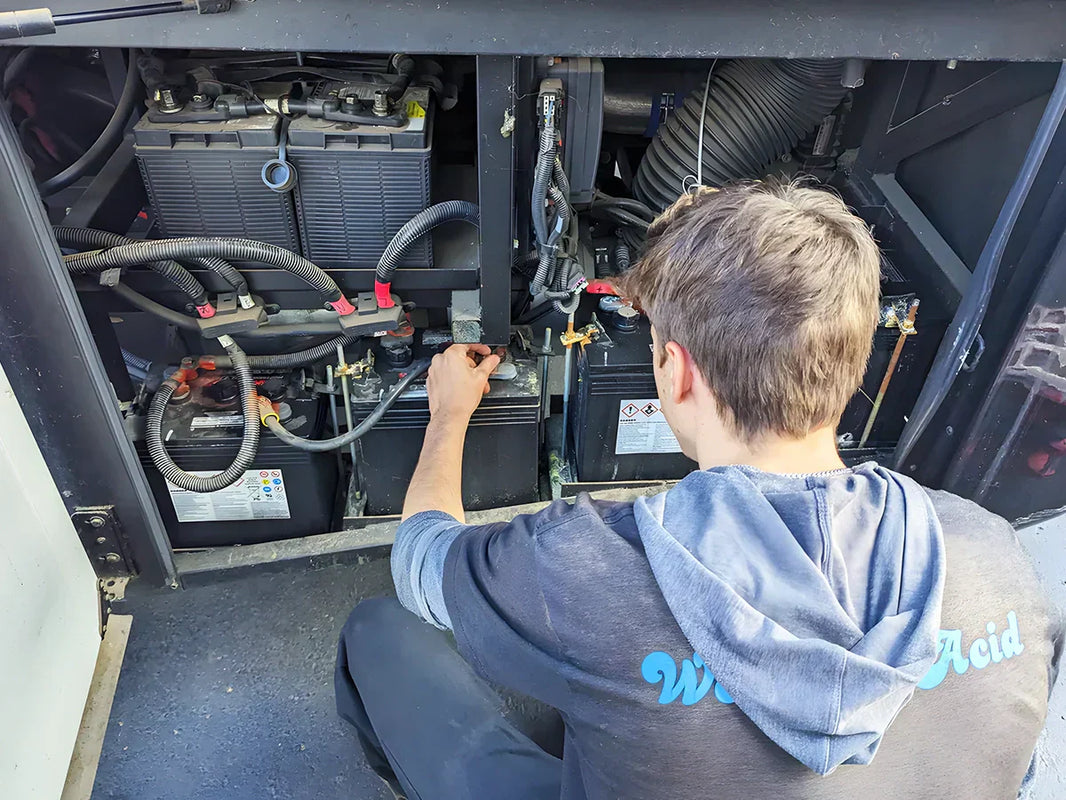
Main content:
- The Importance of Smoke Detectors and Their Significance in Home Safety
- Types of Smoke Detectors
- Different Smoke Detector Battery Types and Their Characteristics
- Preparation for Replacing Smoke Detector Batteries
- How to Change a Smoke Detector Battery
- Low Battery Alarm Identification
- Replacement Frequency and Maintenance Recommendations
- Other Considerations
- Conclusion
- FAQs
Smoke detectors are vital for home fire safety, providing early warnings that can save lives and reduce property damage. Regular battery replacement ensures reliable operation. Knowing how to change a smoke detector battery protects your family, maintains device functionality, and prevents false alarms or failures during emergencies. Simple preparation and safety measures make the process quick and secure.
The Importance of Smoke Detectors and Their Significance in Home Safety

Smoke detectors are a vital component of home fire safety. They detect smoke in the early stages of a fire and sound an alarm, buying precious time for your family to escape. Compared to relying on the naked eye or sense of smell to detect a fire, smoke detectors can alert you before flames spread throughout the room, significantly reducing the risk of property damage and personal injury. Whether you're relaxing at home during the day or sleeping soundly at night, smoke detectors provide uninterrupted safety and security.
Installing a smoke detector is not only required by laws, regulations, and safety standards, but also demonstrates a family's commitment to protecting life and property. They alert family members to take timely action, such as evacuating or extinguishing an initial fire source, thereby minimizing the risk of fire. With the increasing use of modern household appliances and the increasing risk of fire safety, smoke detectors have become an indispensable part of home safety systems, providing peace of mind and protection for every family.
Types of Smoke Detectors
Ionization smoke alarms: These alarms contain an ionization chamber where the radioactive element americium-241 ionizes the air, generating an ion flow. When smoke enters the chamber, it disrupts the ion flow, causing a change in the current in the chamber. The alarm detects this change in current to determine the presence of smoke and trigger the alarm.
Photoelectric smoke alarms: These alarms utilize the principle of light scattering and contain both a light-emitting element and a light-sensitive element. Under normal circumstances, the light emitted by the light-emitting element does not directly strike the photosensor. When smoke enters, smoke particles scatter the light. The photosensor receives the scattered light and generates an electrical signal, triggering the alarm.
Combination detectors combine ionic and photoelectric principles, making them sensitive to smoke from both fast-burning and slow-burning fires, providing more comprehensive fire protection.
Different Smoke Detector Battery Types and Their Characteristics
9V alkaline batteries are the most common type of smoke detector battery. They are affordable and readily available, but they have a relatively short lifespan and generally need to be replaced annually.
Some smoke detectors or pre-installed devices use AA battery or AAA alkaline batteries, or rechargeable nickel-metal hydride batteries. These batteries are easy to install and are suitable for small and medium-sized home detectors or portable devices.
Lithium batteries (such as CR123A) have a longer lithium ion battery life, with some models lasting up to ten years without frequent replacement. When choosing a battery, consider the smoke detector model, installation location, and usage environment to ensure that the battery meets the detector's power requirements and provides long-term stable operation, thereby ensuring home fire safety.
Preparation for Replacing Smoke Detector Batteries
Identify the Type of Smoke Detector
First, you need to understand the type of smoke detector in your home. Common types include standalone battery-powered and hard-wired AC models with a backup battery. Standalone battery-powered detectors rely entirely on batteries for power, while hard-wired detectors rely primarily on the mains power source, with a backup battery maintaining operation during a power outage. Consult the user manual to confirm the detector model, battery specifications, and installation instructions, providing basic preparation for how to change a smoke detector battery.
Prepare Tools and Materials
When replacing batteries, prepare new batteries in advance (pay attention to the model number, such as 9V, AA, CR123A, etc.) to ensure a smooth replacement. For detectors with locking or screw fasteners, you will also need a screwdriver. To prevent accidental injury, wear safety gloves. Preparing all tools and materials in advance will ensure efficient and safe operation for how to change a smoke detector battery.
Safety Tips
When operating a hard-wired detector, always turn off the circuit breaker in your home to avoid the risk of electric shock. Also, avoid mixing batteries of different types or brands, as this may affect the detector's operation. Keeping your hands and the environment dry during the replacement process can also effectively prevent short circuits or damage to the device. Implementing safety measures is essential for a successful battery replacement.
How to Change a Smoke Detector Battery
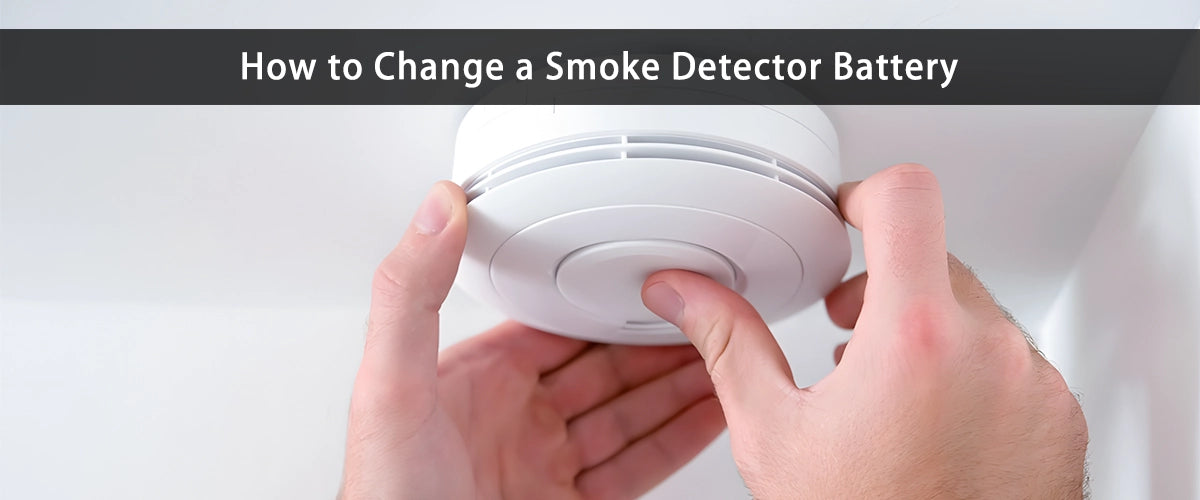
Opening the Smoke Detector
When replacing the battery in a smoke detector, you first need to open the detector. The opening method varies depending on the model. Most models can be opened by twisting, while some require a screwdriver, and some can be pried open by hand. Before proceeding, be sure to read the user manual to ensure you open the device correctly to avoid damaging the detector. This is the first step in how to change a smoke detector battery.
Removing the Old Battery
When removing the old battery, carefully observe the number of batteries used in the detector, including whether they are single or dual. Check the battery contacts before installing the new one. Also, check that the battery contacts are clean, free of dust or corrosion, to ensure good contact between the battery and the detector.
Installing the New Battery
Install the new battery. Confirm that the positive and negative (+/-) terminals of the battery align with the detector markings and ensure that the battery is fully inserted and making good contact. For models with a red warning indicator, press the warning indicator to complete the reset.
Reset and Test
Perform a reset and test. Press the test button to ensure the alarm is functioning properly. For smoke detectors, this typically requires about 30 seconds or until the beeper sounds, while for heat detectors, the low-battery indicator should clear. If the test fails, check the battery orientation and contact. For hardwired detectors, reconnect the power cord or Quick Connect port to ensure power is restored.
Reinstall the Smoke Detector
Reinstall the smoke detector into the mounting bracket, ensuring the correct orientation and alignment of the on/off arrows. For hardwired detectors, connect the power cord first, then reinstall the detector into the bracket. After completing these steps, the smoke detector will function properly, providing reliable protection for your home.
Low Battery Alarm Identification

When a smoke detector's battery is low, it typically emits a short beep or click, alerting the user to replace the batteries. Additionally, some alarm systems display a "Trouble Condition" or "Low-Battery" indicator on the panel, indicating the specific detector requiring maintenance. It's important to note that different brands and models of alarms may display different alarm alerts.
Therefore, before use, carefully read the user manual and familiarize yourself with the specific low-battery alarm indicators to ensure you can promptly identify and address battery issues and maintain proper detector operation. Learning how to change a smoke detector battery allows you to promptly respond to these alerts.
Replacement Frequency and Maintenance Recommendations

Perform a self-test at home at least once a month by pressing the test button on the alarm to check that it is functioning properly. Also, check that the indicator light on the alarm is operating normally. If the indicator light is off or flashing abnormally, replace the battery or contact a professional for repair. Gently wipe the alarm surface with a soft cloth every six months to remove dust and dirt. This will prevent dust accumulation from affecting the sensitivity of the smoke sensor. Avoid using chemical cleaners, as they may damage the alarm.
Replace the battery at least once a year, or immediately upon hearing the low-battery alarm. Replace the battery promptly based on the battery life and the alarm's indications. Alkaline batteries typically have a lifespan of 6-12 months, while lithium batteries have a longer lifespan. When replacing batteries, ensure that they match the original specifications.
For ease of management and regular maintenance, it's recommended to record the date of each battery replacement. Smoke detectors have a lifespan of approximately 10 years and should be replaced after their expiration date. All smoke detectors, CO alarms, and fire extinguishers in the home should also be regularly inspected to ensure they are functioning properly in emergencies, providing reliable protection for family safety.
Other Considerations
Smoke detectors should be strategically placed, including inside and outside every bedroom, on every floor, in the living room, and near stairways, to ensure prompt alarm response in the event of a fire. Used batteries should be properly recycled(lithium battery recycling), free of charge through channels such as Call2Recycle, to avoid environmental pollution.
When purchasing new batteries, choose the same model as the original. These can be obtained from the brand's official website or a local store. It's worth noting that some long-life lithium batteries can last up to 10 years, requiring less frequent replacement and making home maintenance easier.
Conclusion
Replacing smoke detector batteries regularly is a crucial step in maintaining household safety. By following the proper steps and observing safety precautions, you can ensure your alarms function optimally. Recording replacement dates and using the correct battery types prolongs the device's lifespan. Mastering how to change smoke detector batteries keeps your home protected from unexpected fire hazards.
FAQs
Can you change a smoke alarm battery yourself?
You can, but safety precautions apply. First, determine the type of smoke detector: whether it's battery-powered or hardwired with a backup battery. Gather the appropriate new battery and necessary tools. Turn off the circuit breaker. Open the detector according to the instructions, remove the old battery, install the new one, and test it to confirm it's functioning properly. This is the core of how to change a smoke detector battery.
How do I stop my smoke detector from chirping?
A short chirping alarm usually indicates low battery or poor contact. First, check to see if the battery needs to be replaced, confirm the correct polarity, and clean any dust or corrosion from the contacts. If it's a hardwired model, also ensure the mains power is working properly. After replacing the battery and performing the reset test, the chirping sound should stop.
What happens if I don’t change the battery?
Not replacing the battery for an extended period can cause smoke detector failure, preventing it from sounding the alarm in the early stages of a fire, increasing the risk of personal injury and property damage. Furthermore, a persistent low-battery alarm can disrupt your daily life and shorten the lifespan of the device. Therefore, you should replace the battery as prompted or annually to ensure reliable detector operation.
Do all smoke detectors twist off?
Not all models can be twisted open. Most common models can be twisted open, but some require screws or a lock, and some can be opened manually. Before operation, carefully read the user manual and follow the correct opening method to avoid damaging the detector or interfering with battery installation.


